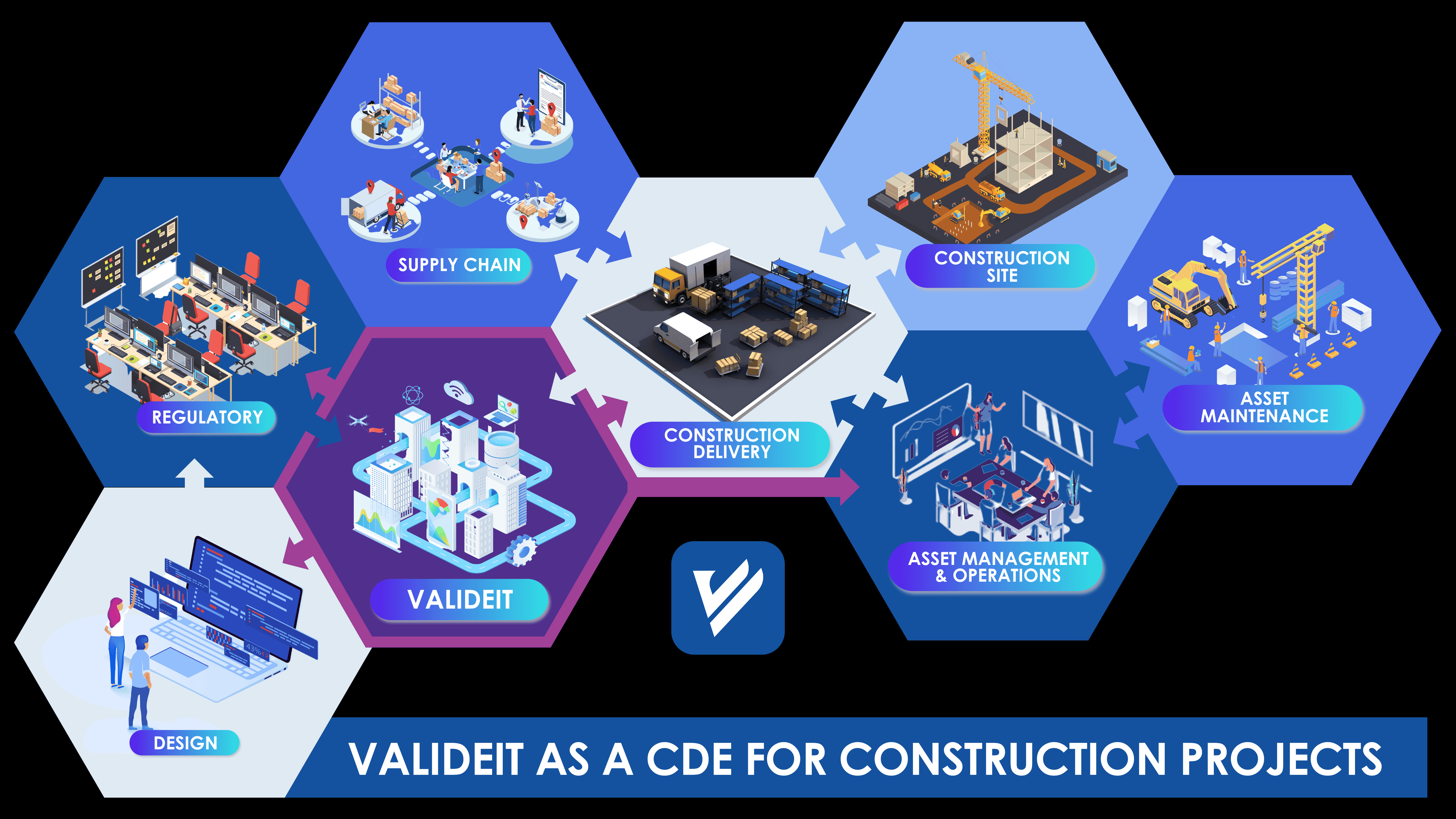Construction operations involve a dizzying array of data points, processes, and technology. It’s no surprise that new software solutions are constantly emerging to help keep these operations running smoothly. Everything from construction sites to project information systems is built with the goal of improving operational efficiency and reducing costs. Common Data Environment or CDE is a convenient solution to standardize a common set of data definitions and standards, making managing and tracking information in your operation more manageable.
What is a Common Data Environment?
A Common Data Environment (CDE) is a standard set of definitions of data elements that are used across an organization to allow data to be exchanged and managed. A common environment allows organizations to interoperate more easily and reduce the risk of human error when sharing data between teams and departments. A CDE is designed to be a common, standardized data model for all departments and divisions within an organization. This increases efficiency and communication throughout the company, making it easier to share data and perform tasks between departments. The most common CDE standards include the following:
- Asset data – Asset data includes such items as equipment serial numbers, geocodes, and location data.
- Contract data – Contract data includes such items as a contract or lease information and terms and conditions of the contract.
- Project data – Project data includes task data and milestones, work package data, and asset data related to a specific project.
- Person data – Person data includes such items as personal information, such as names, addresses, email addresses, and phone numbers.
- Financial data – Financial data includes such items as financial information, such as account balances and purchase orders.
Why is Standardization Important in Construction Operations?
If you take a look at any construction site, you’ll see just how important it is to standardize on a common data model. This is especially true when managing the many stakeholders involved in a construction project. A unified model is ideal for tracking tasks and the project’s progress, coordinating all information between many departments, and ensuring all data points are standardized. One good example is 3D modeling or BIM modeling; having no standardized common data environment is challenging when different people work in the same project. When it comes to project management and risks, a unified data model can help reduce risks and increase efficiency. One of the biggest issues in construction operations is communication and coordination between teams. Without clear and proper communication and coordination, it could cause delays and, thus, not meeting specific deadlines. A unified data model can reduce this issue by ensuring all data is standardized and flowing seamlessly between individuals and departments.

A Common Data Environment is a standardized model of data that can be used across the organization to improve efficiency and reduce risk. A unified model of data makes it easier to track assets, manage projects, communicate between teams and departments, and improve overall day-to-day operations to achieve a faster return on investment.










